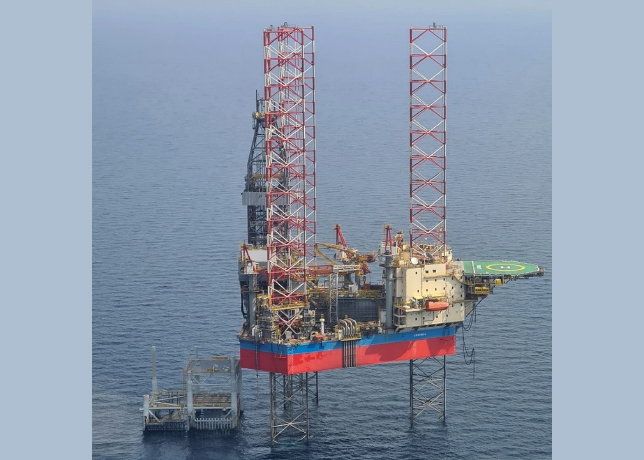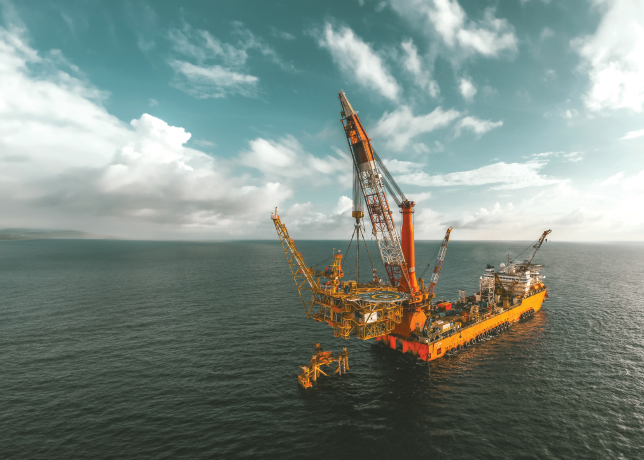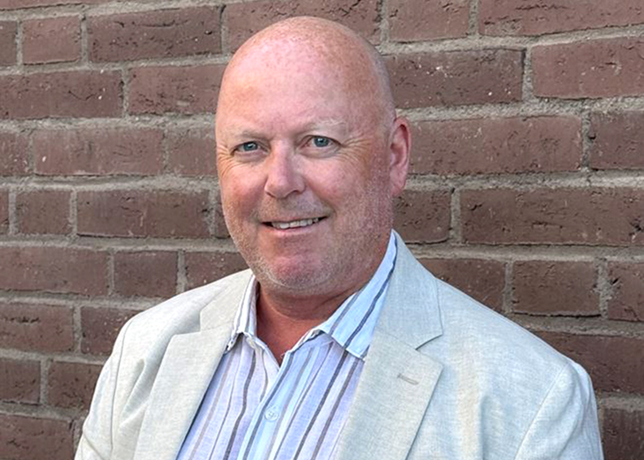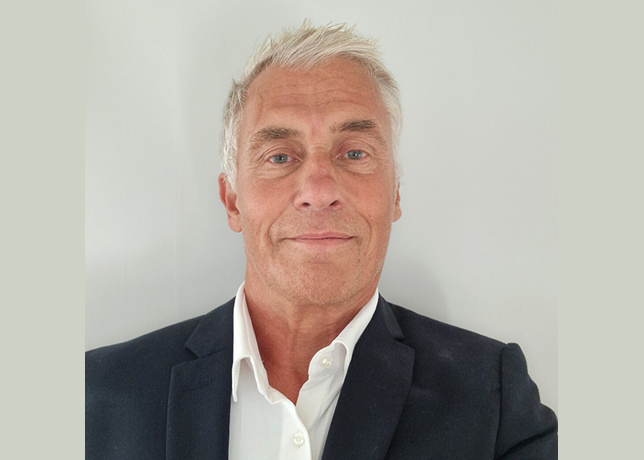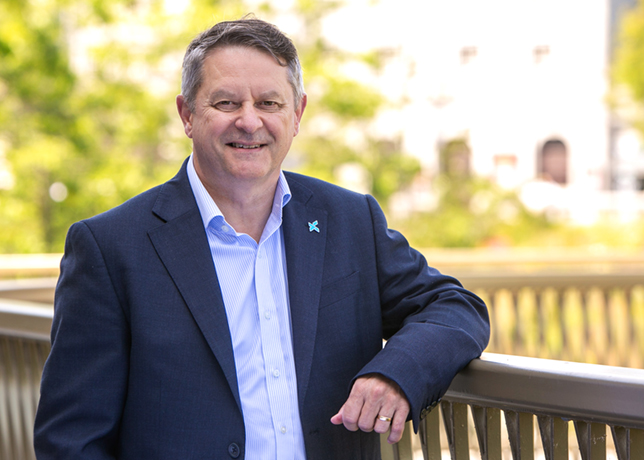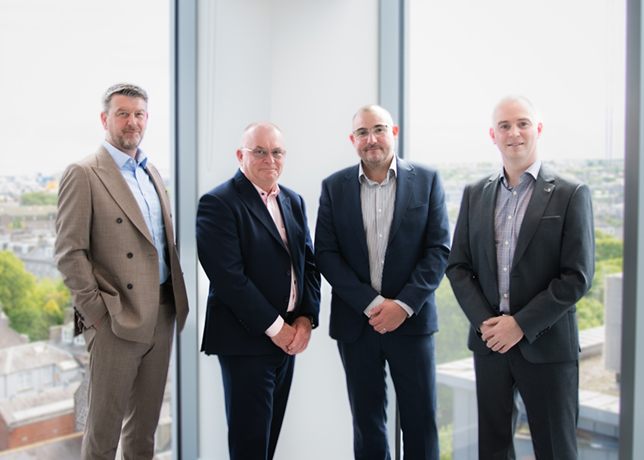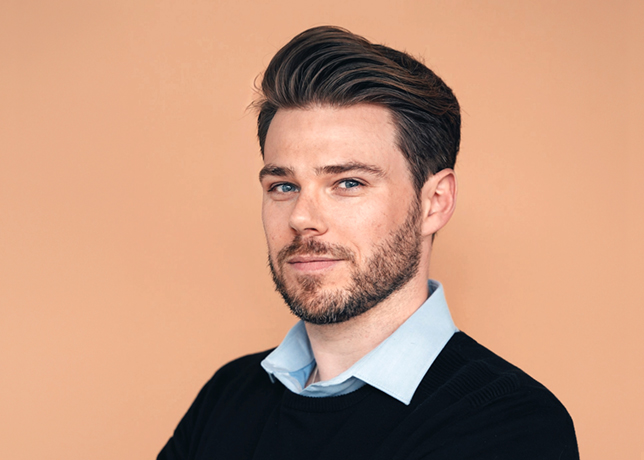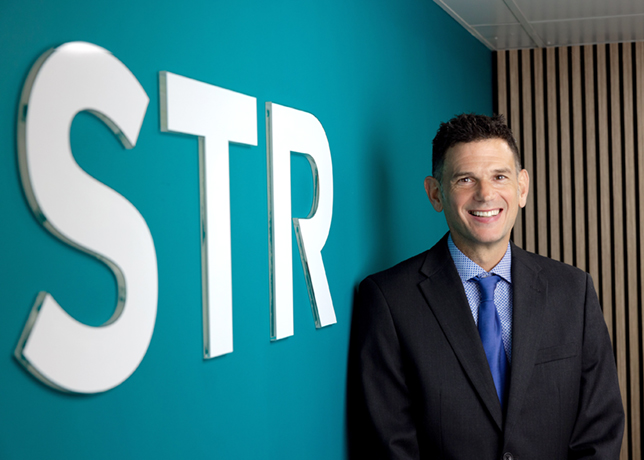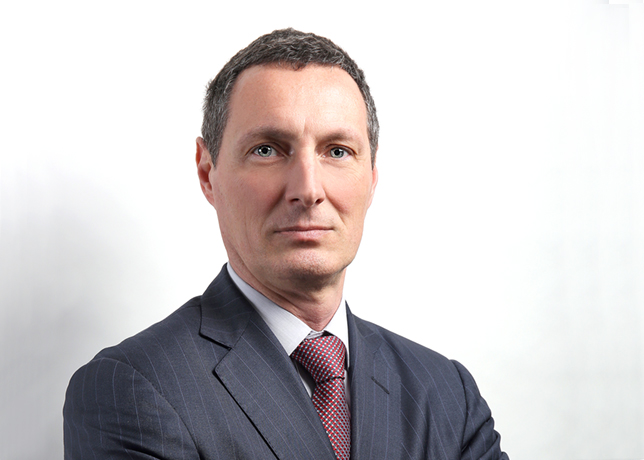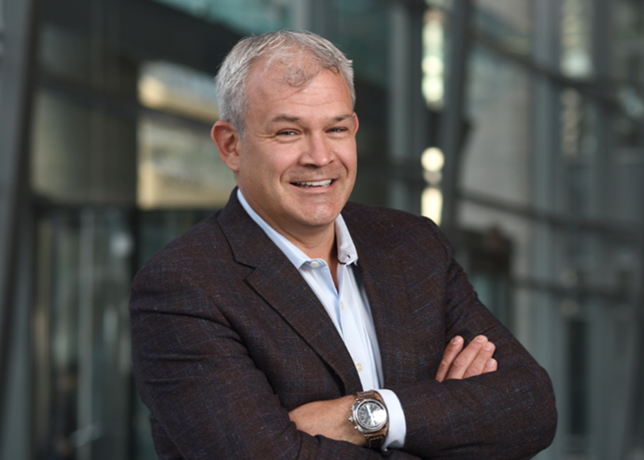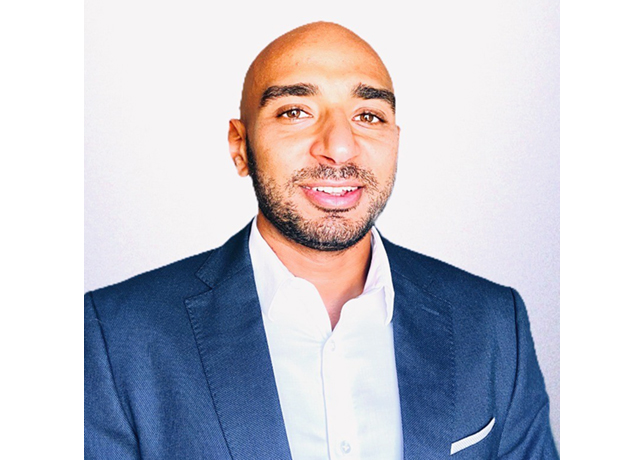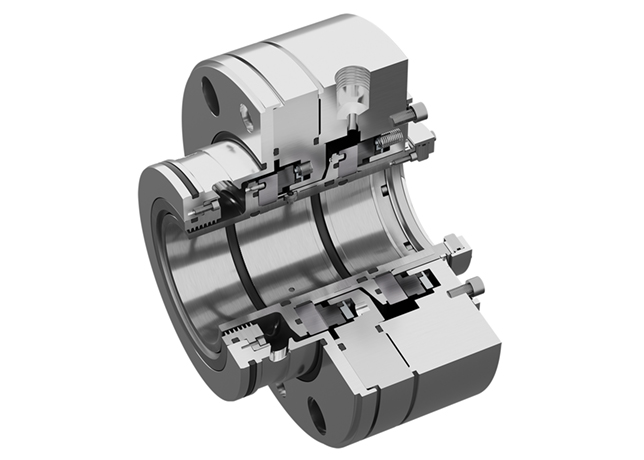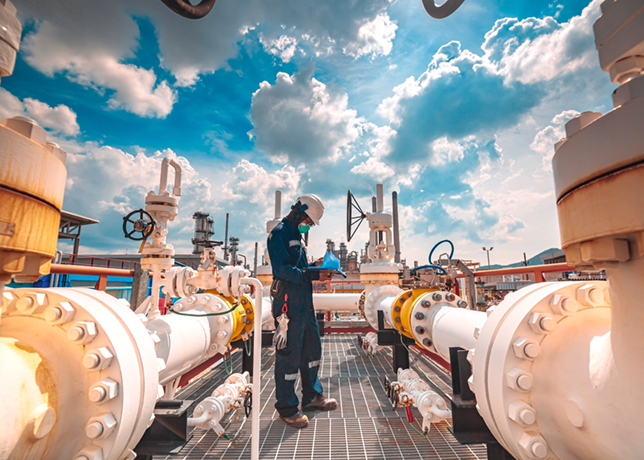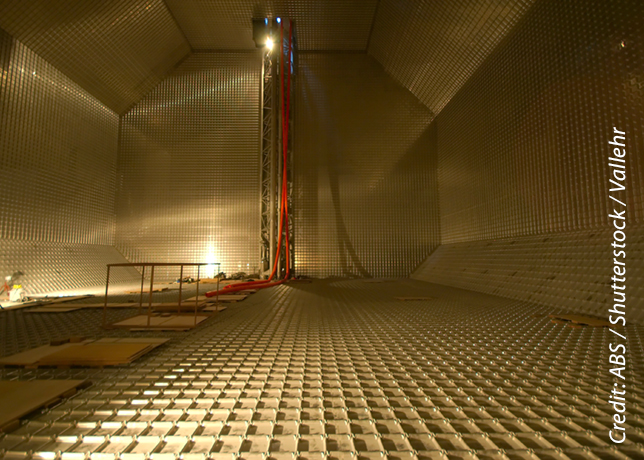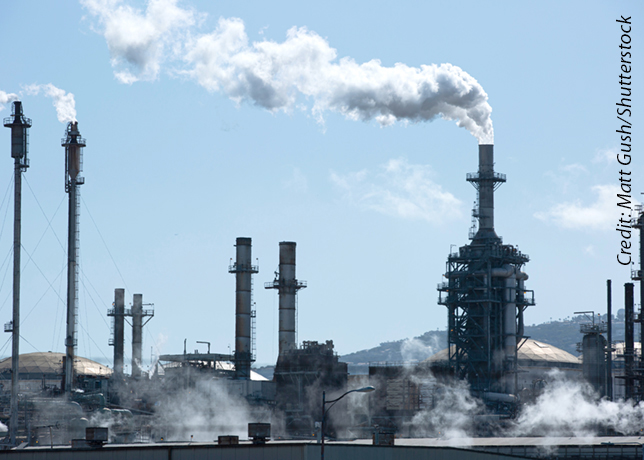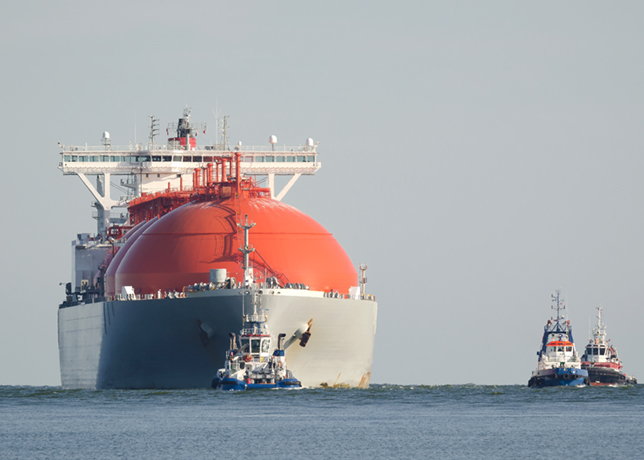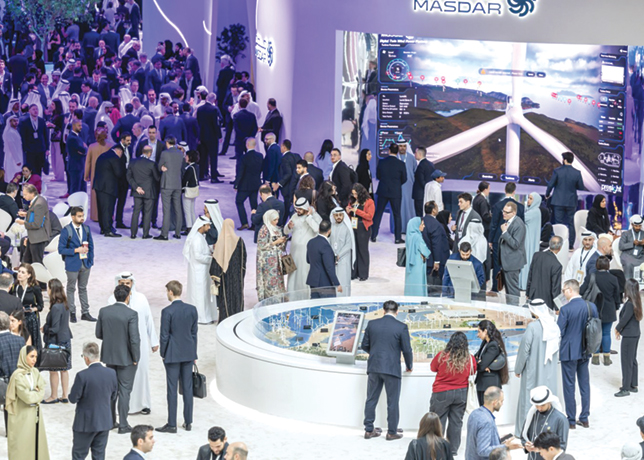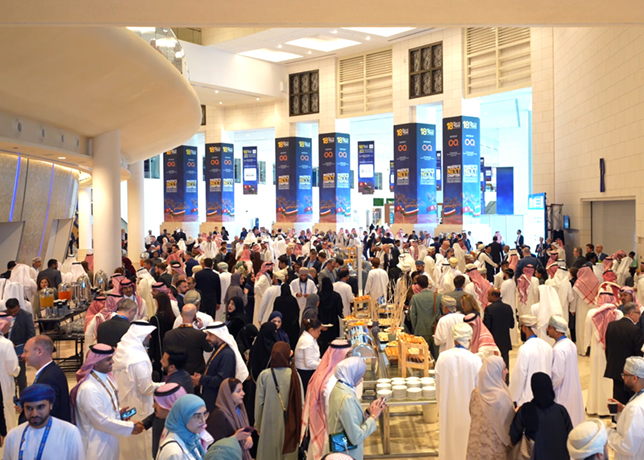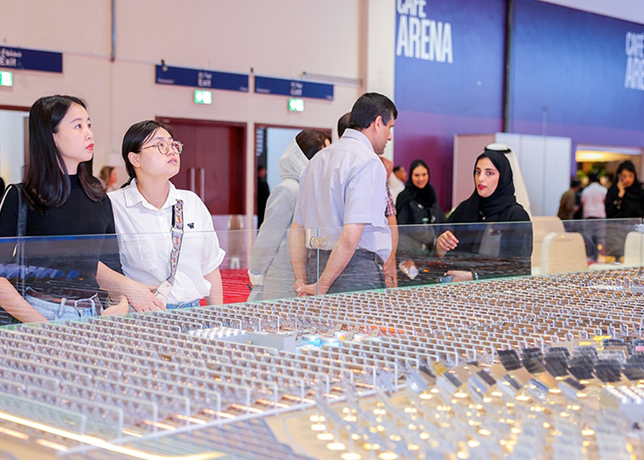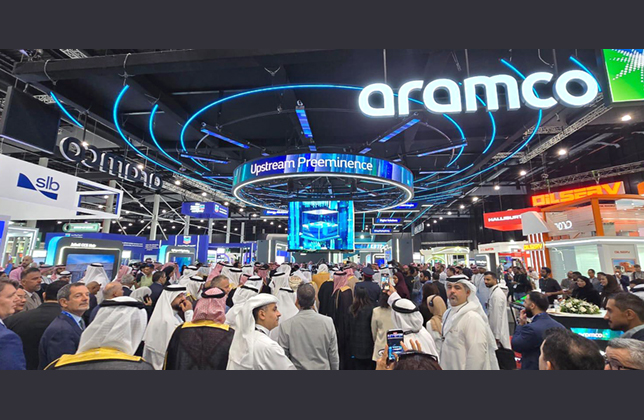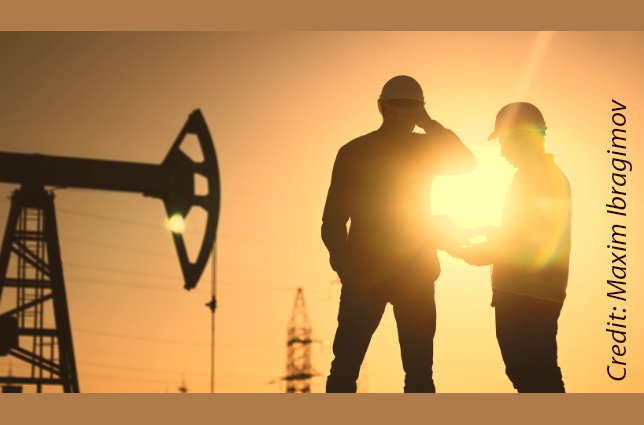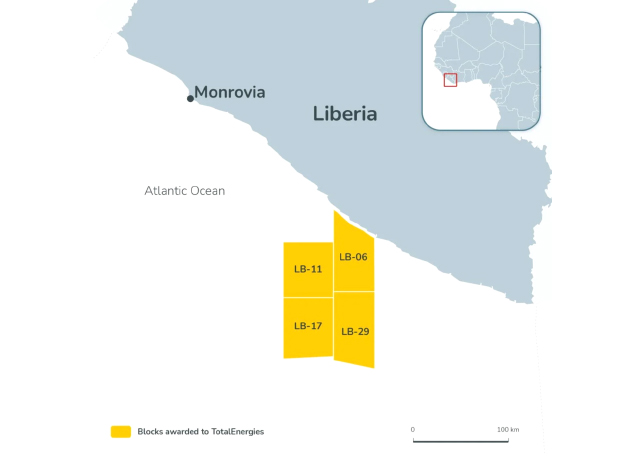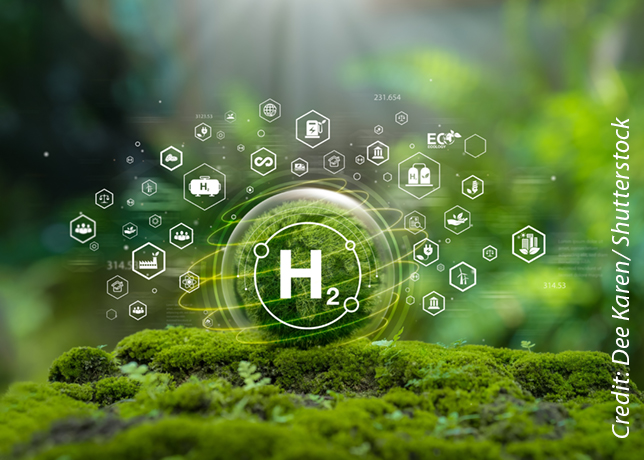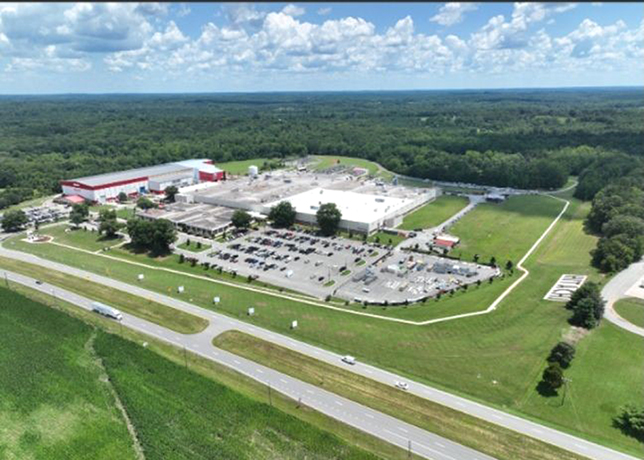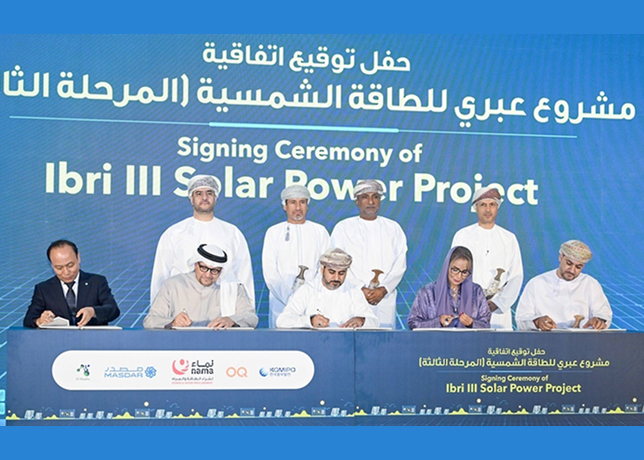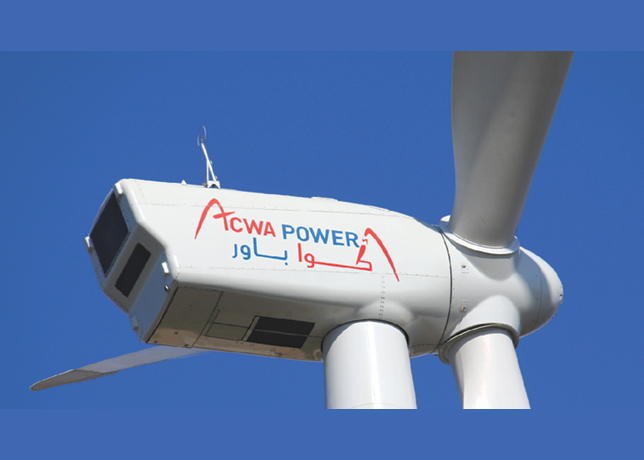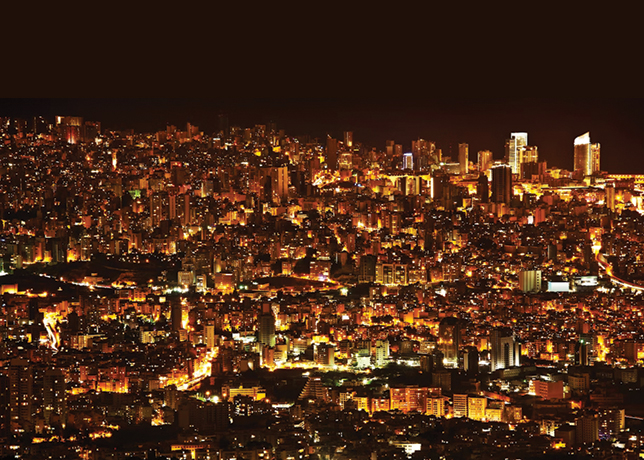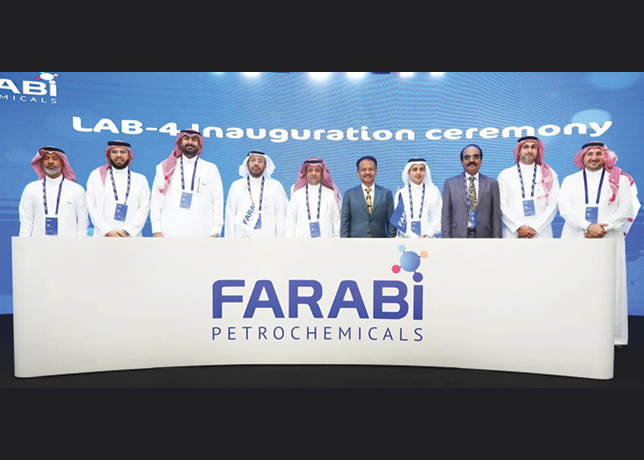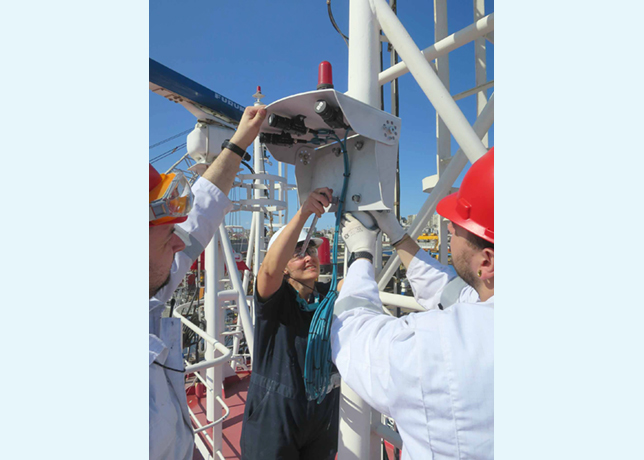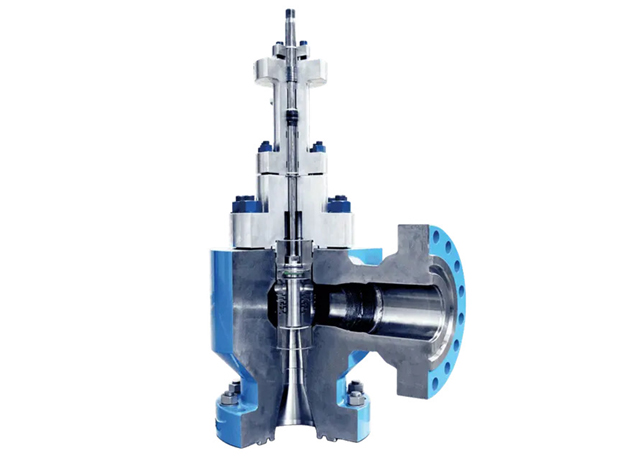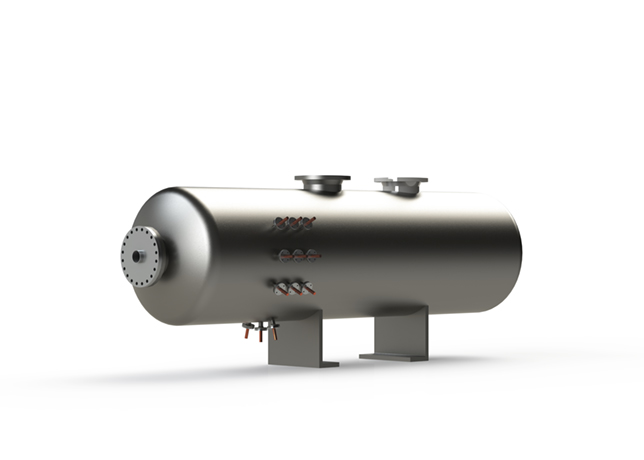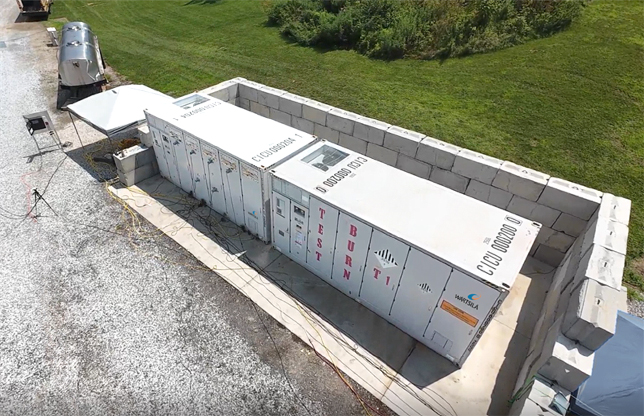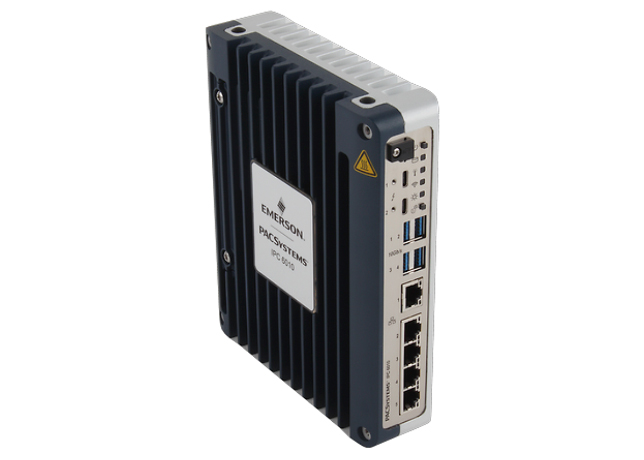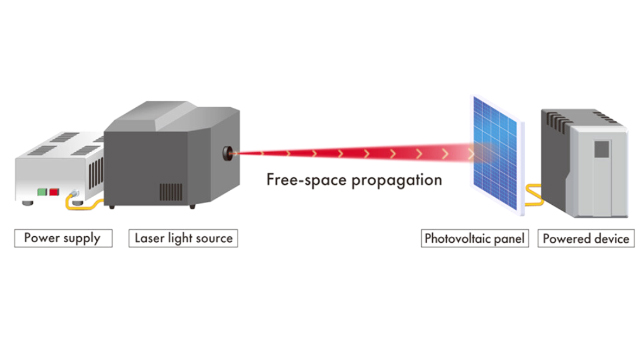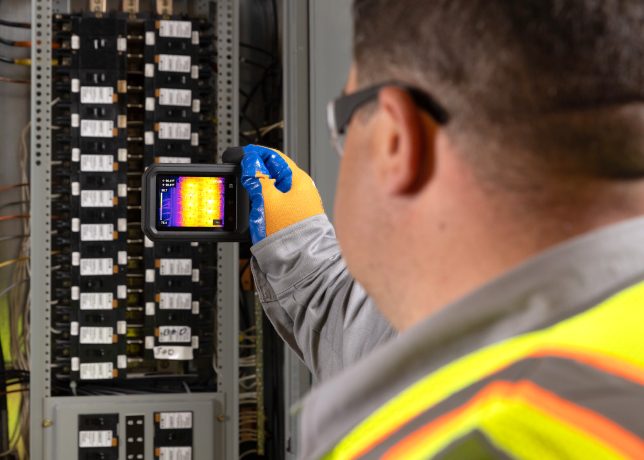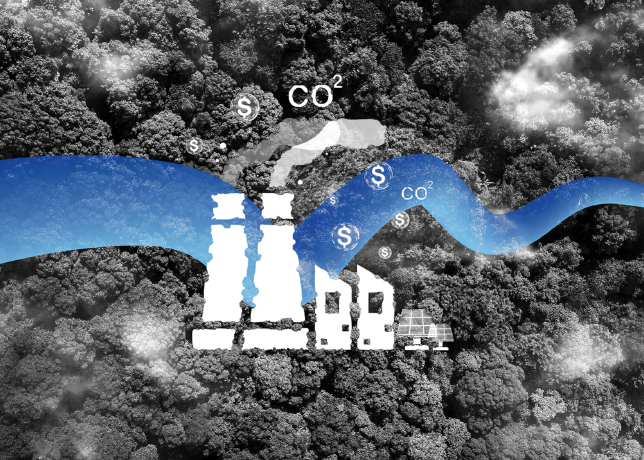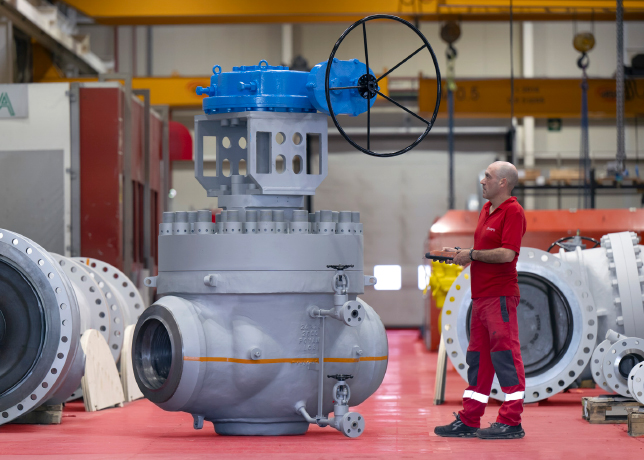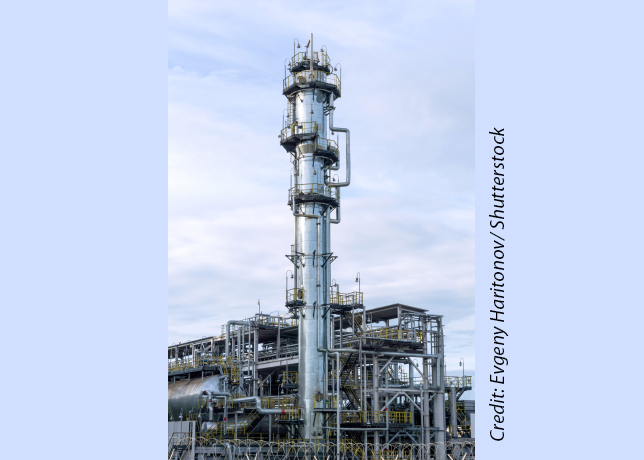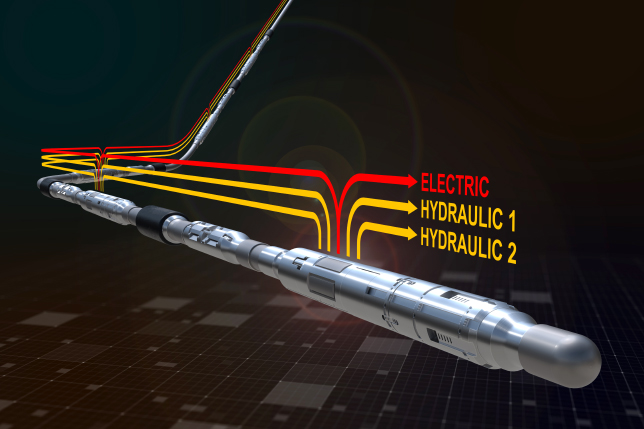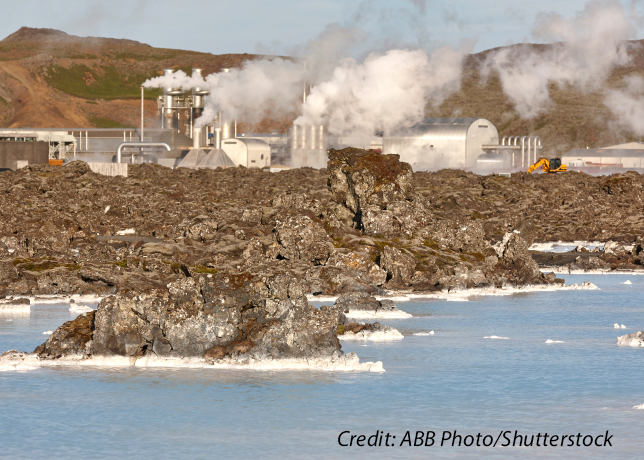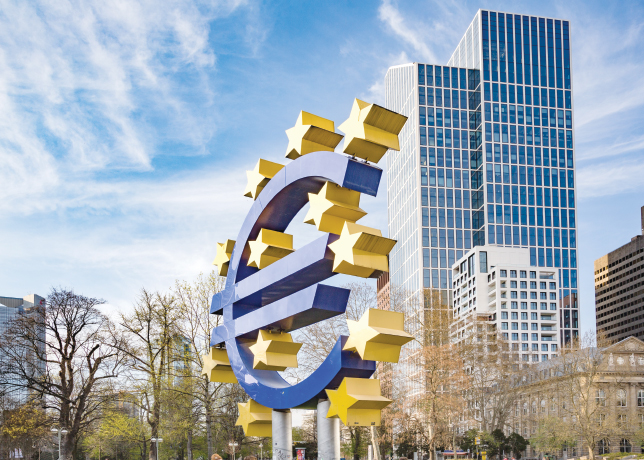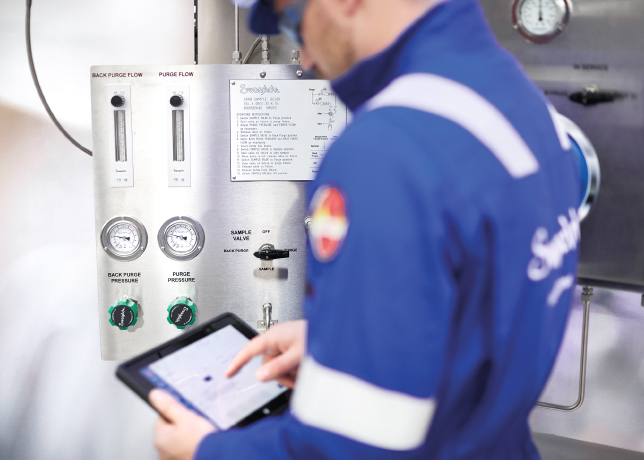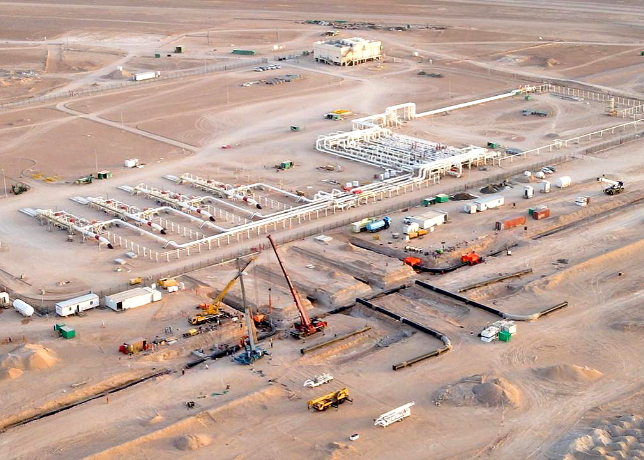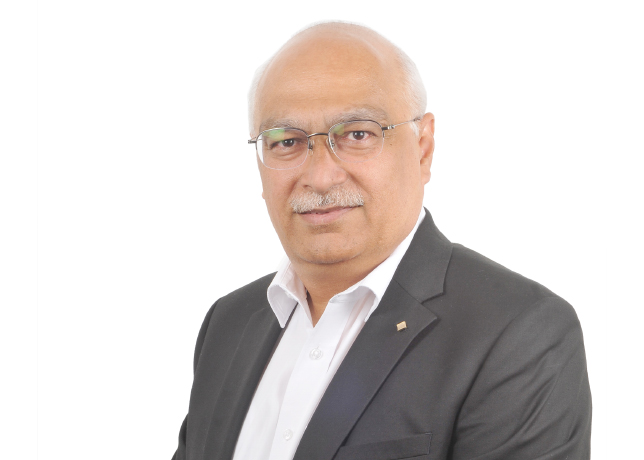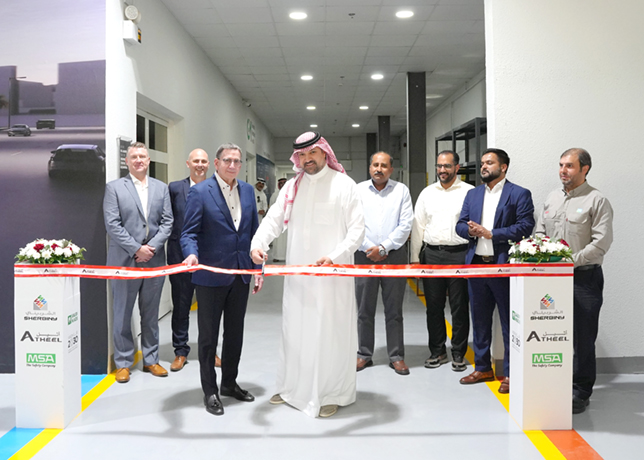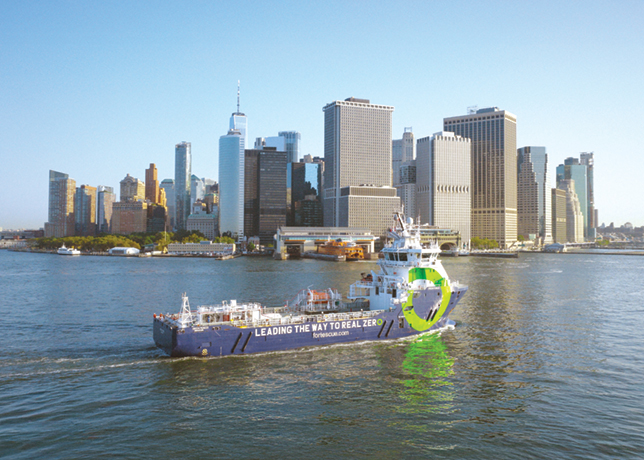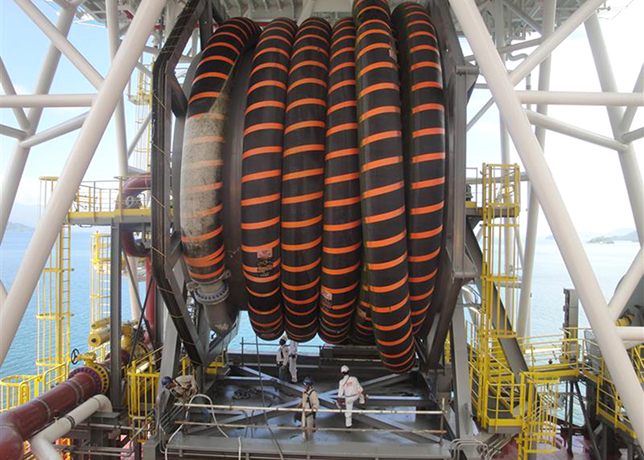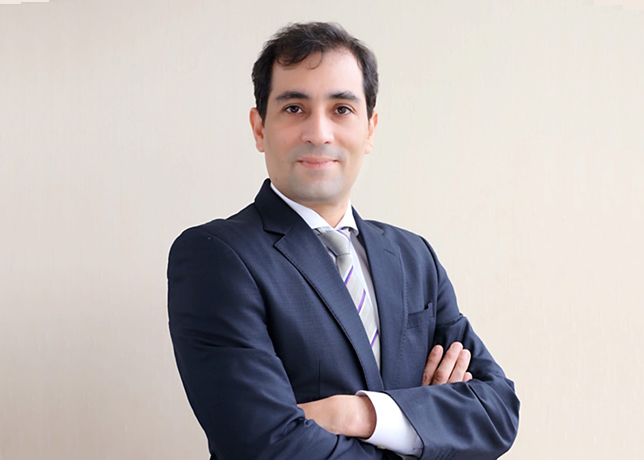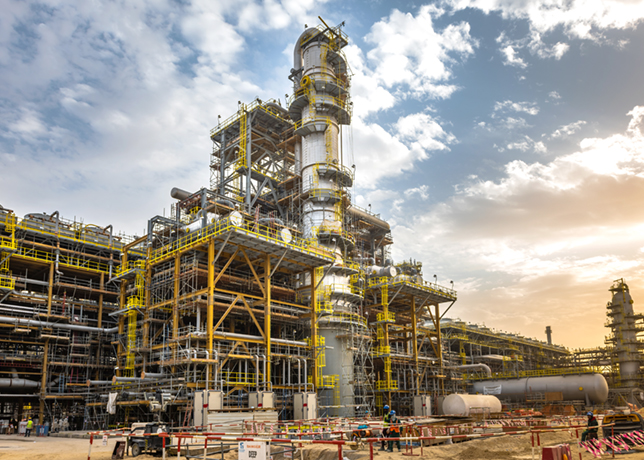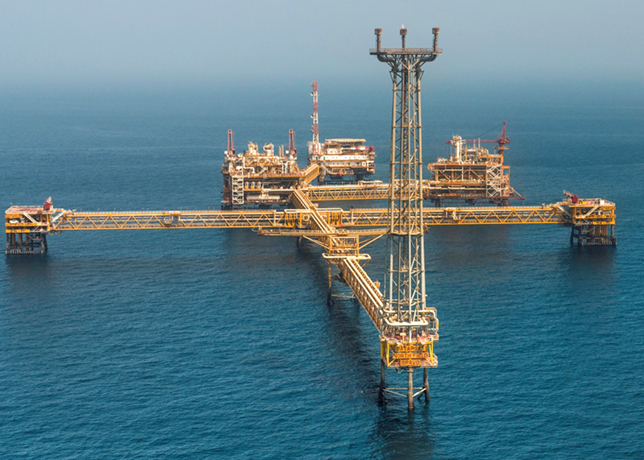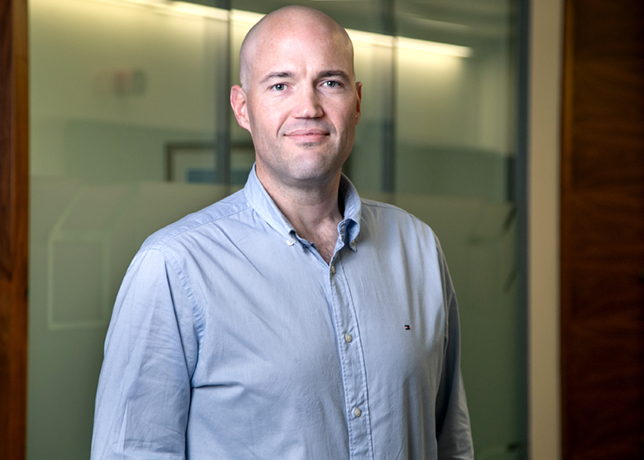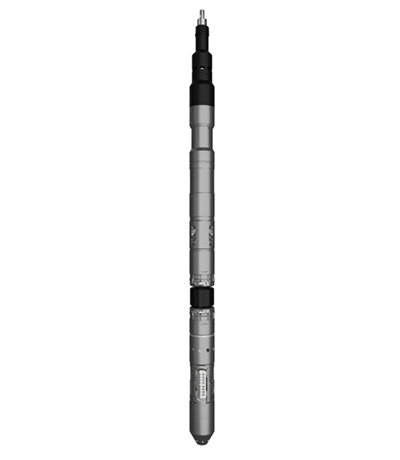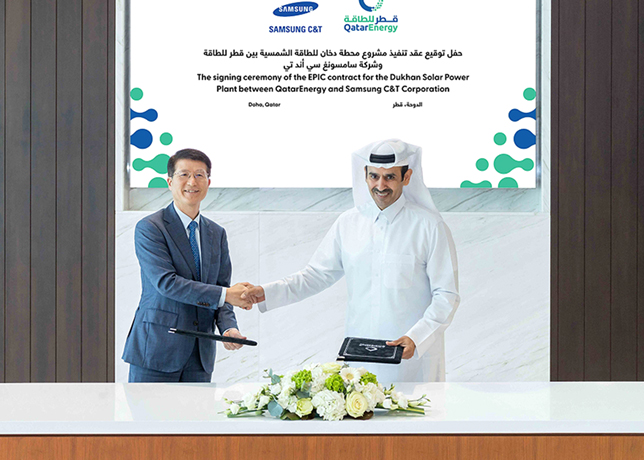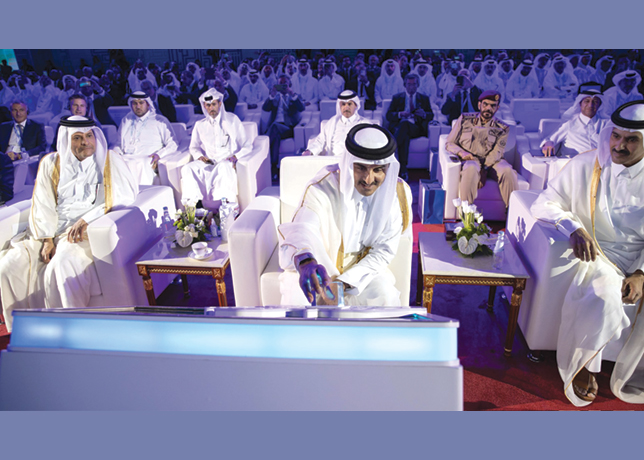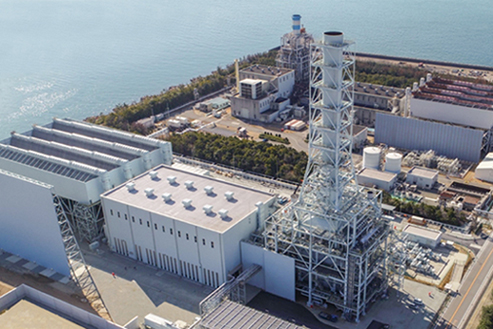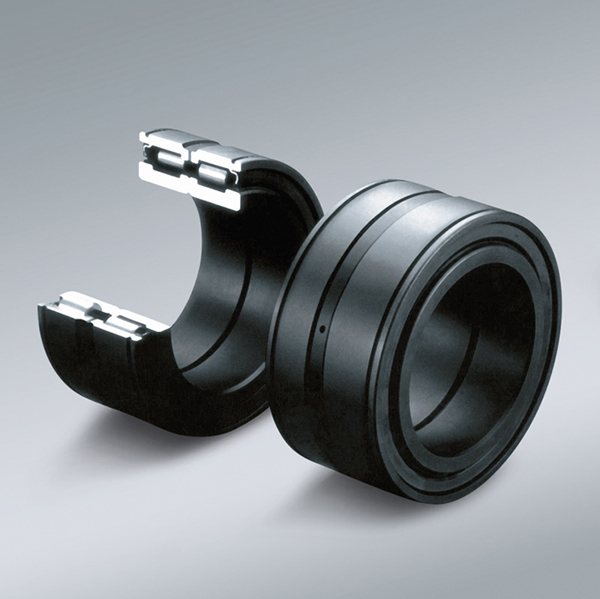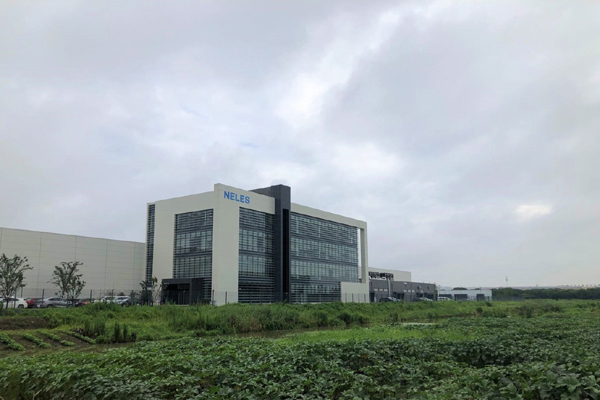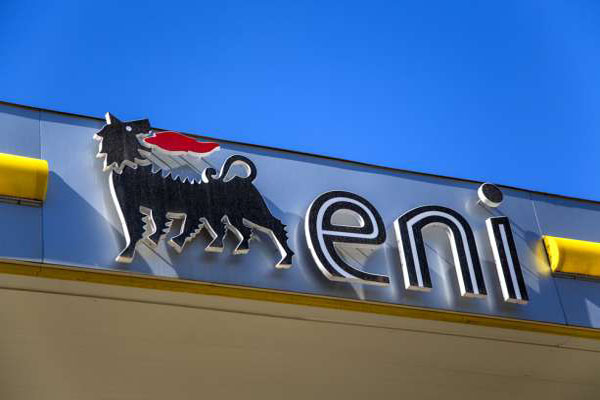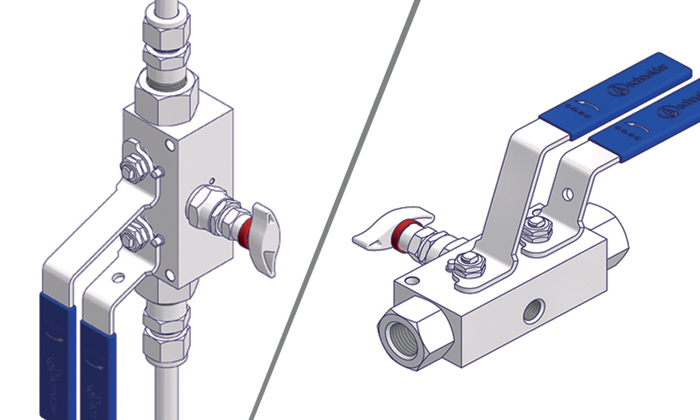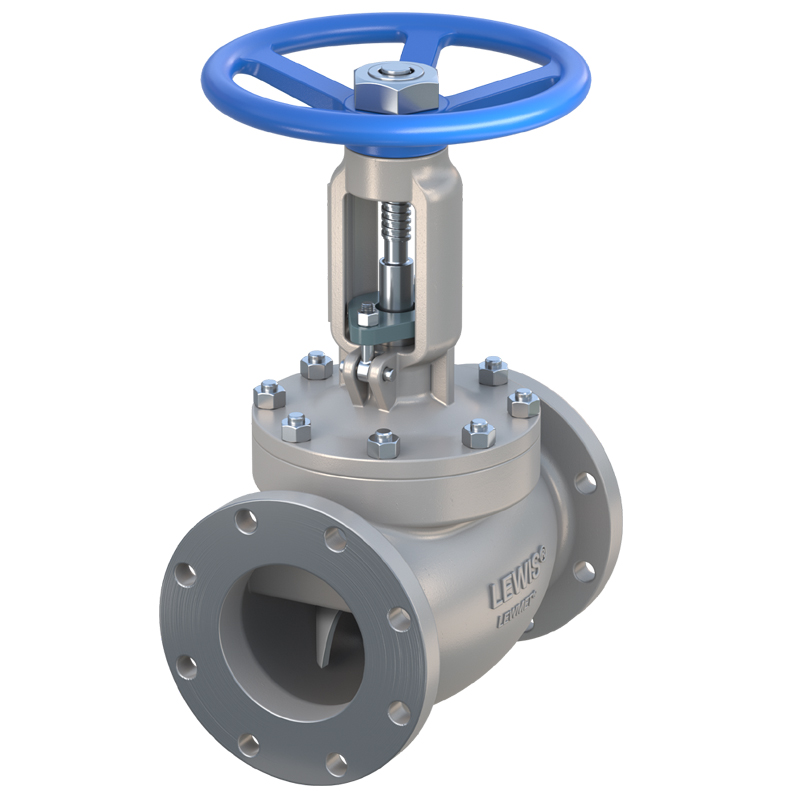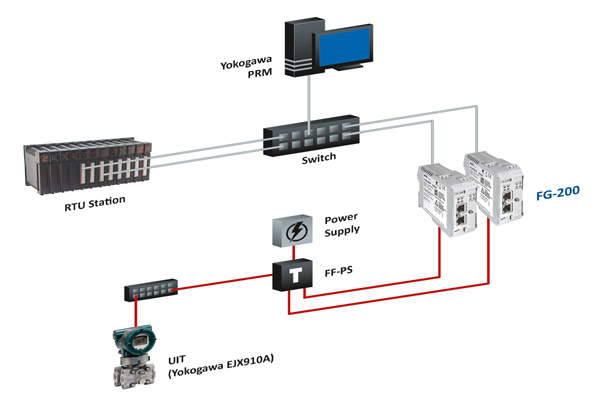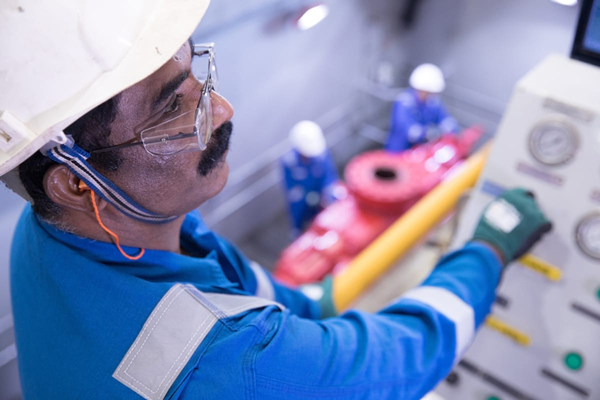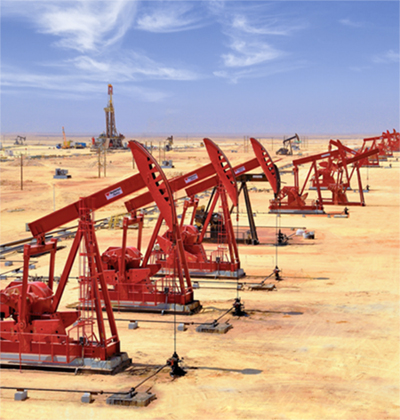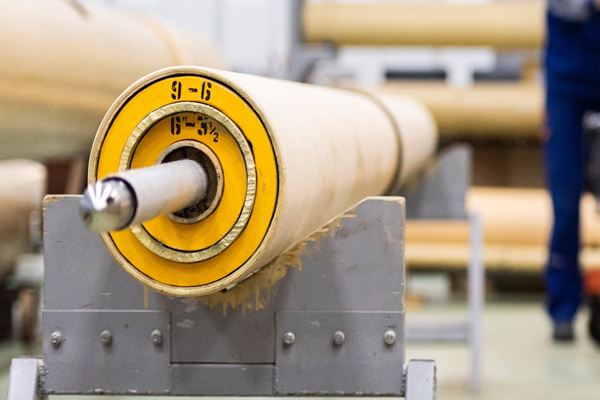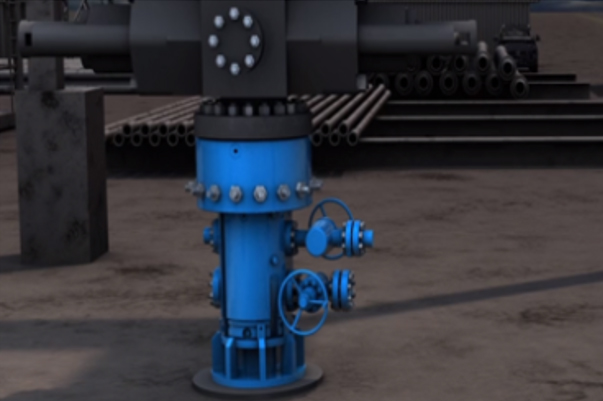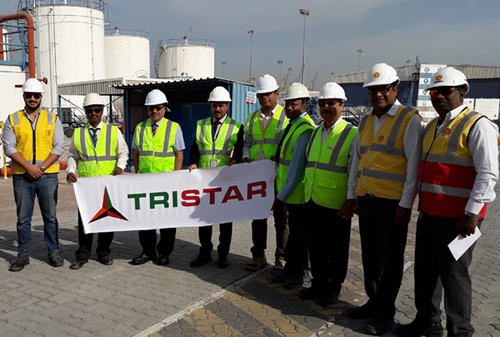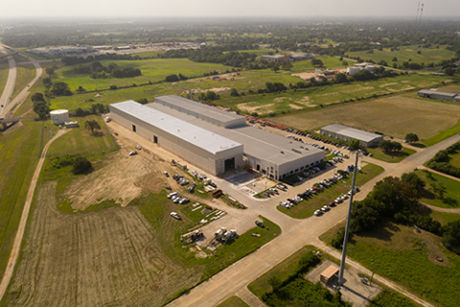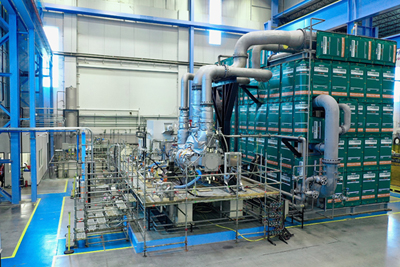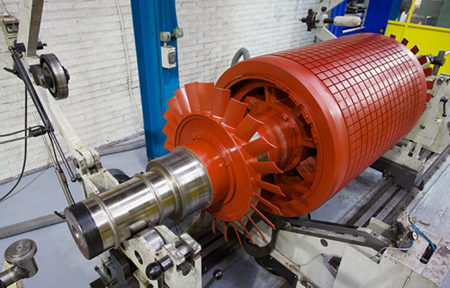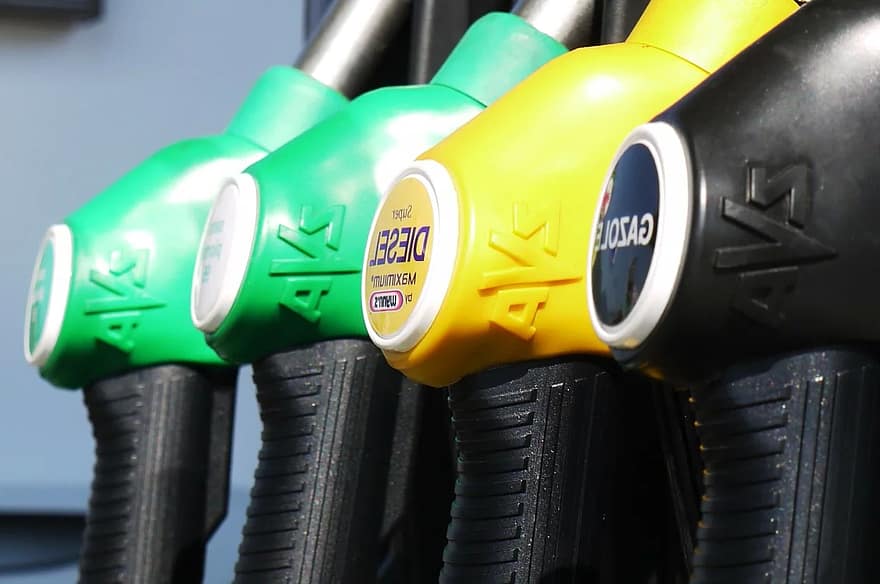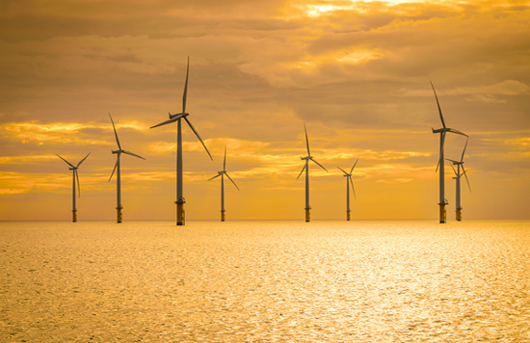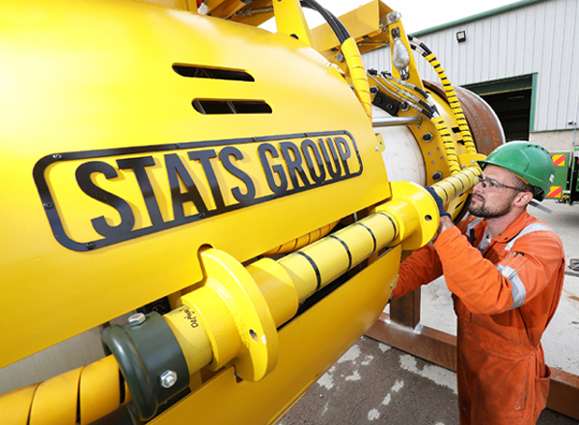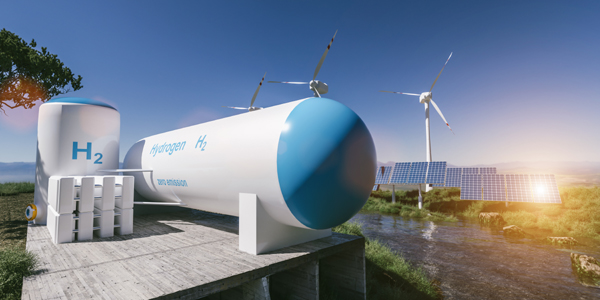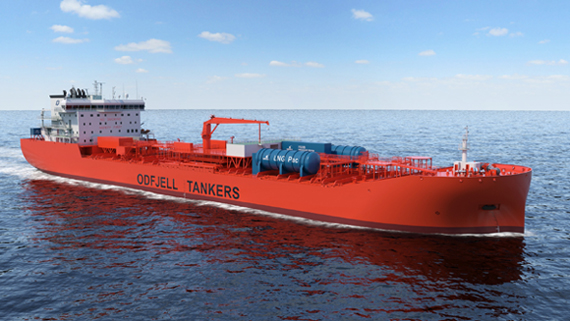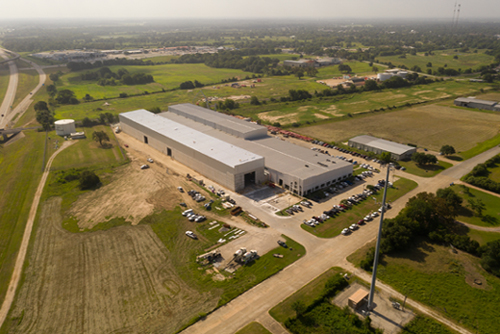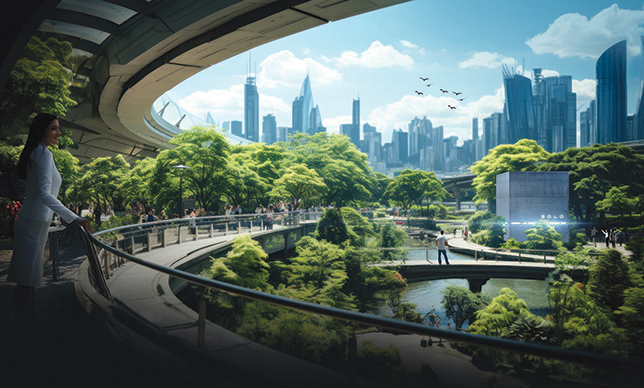
 SOLO’s 10 by 10 m cube design can enable deployment in diverse environments
SOLO’s 10 by 10 m cube design can enable deployment in diverse environments
The MMR offers a scalable solution designed for rapid deployment, passive safety, and autonomous operation, unlocking new markets for carbon-free power worldwide, Alessandro Petruzzi tells OGN
A groundbreaking micro-modular reactor (MMR) design by US-based Terra Innovatum is poised to redefine the nuclear energy landscape across the Middle East and emerging markets.
Dubbed SOLO, the 1-MWe unit combines passive safety, autonomous operation, and factory-built scalability to deliver clean energy within six months of order, marking a radical departure from traditional nuclear timelines.
In an exclusive interview to OGN energy magazine, Alessandro Petruzzi, Co-Founder and CEO, Terra Innovatum, says what sets SOLO apart is its ability to operate for 15 years without refuelling, use of low-enriched uranium, and cool without water.
With pilot projects in the GCC region under active consideration, Terra Innovatum is aligning its deployment roadmap with regional economic goals.
Below are excerpts from the interview:
What sets Terra Innovatum’s SOLO micro-modular reactor (MMR) apart from other MMR technologies currently in development or deployment globally?
SOLOTM is a fully modular, factory-assembled solution that is designed to generate 1 MWe per unit, while leveraging the existing supply chain and mass manufacturing, enabling rapid, global deployment and predictable costs and timelines.
An important factor of this design is a "rule of precedent" approach, where all components used to build SOLO have already been licensed, derisking our pathway through diverse regulatory environments.
With its modular approach, SOLO can deliver up to 1 GW of energy production safely and with minimal land use due to its 2.5-m-thick biological shield, which eliminates the need for an emergency planning zone.
Another major differentiating element of SOLO is its fuel use. It’s designed to operate using standard low-enriched uranium (LEU)—U-235 (below 5 per cent) —for 15 years without refuelling – a feature that doesn’t exist currently in the micro-modular reactor space.
Importantly, it’s also designed to use high-assay low-enriched uranium (HALEU) once available, future-proofing energy investments.
By eliminating reliance on water for cooling, SOLO can be deployed in arid or infrastructure-limited environments, opening markets previously unreachable by conventional nuclear technologies.
Its passive safety systems, non-proliferant components, autonomous control architecture, and transportability via standard containers mean that it can be rapidly tailored to meet the specific needs of governments, industries, and communities.
These attributes position SOLO not only as a technological differentiator, but also a strategic enabler for clean energy access worldwide.
Can you elaborate on the reactor core design and heat transfer mechanism used in SOLO, and how it enhances passive safety and operational reliability in harsh desert environments?
 |
Alessandro Petruzzi |
SOLO’s design features a thermally-moderated, gas-cooled core using conventional Zircaloy-clad UO2 fuel pellets, similar to large-scale reactors.
The reactor is designed with inert gas (helium) for primary cooling, with heat evacuated through natural convection and, if needed, forced circulation.
The design can ensure decay heat removal without electrical power or operator action, and the reactor is incapable of melting or exploding.
The absence of water can remove hydrogen or steam explosion risks, making SOLO particularly well-suited for desert deployments.
How scalable is SOLO for remote or off-grid applications like desalination plants or AI data centres in the Middle East?
SOLO’s 10 by 10 m cube design can enable deployment in diverse environments, from remote areas (desalination plants) to urban and remote data centres.
Due to its modularity, units can be deployed in series, scaling from 1 MWe to 1 GWe within a 1km radius, supporting a wide range of use cases across the Gulf region and beyond, such as AI and data centres; oil and gas installations; mining; airports; ports electrification; railways, etc.
What is the typical timeline for fully deploying a SOLO unit in countries like Saudi Arabia or the UAE?
In countries, such as Saudi Arabia or the UAE, we expect SOLO units to be brought from order to full commercial operation in under six months once the production base reaches maturity (1,000 units production annually) and local licensing approvals are secured, marking a leap in speed and reliability compared to traditional nuclear deployment timelines.
As part of its deployment approach, Terra Innovatum plans to implement a regional industrial strategy, which involves establishing assembly facilities near demand centres in the GCC, particularly Saudi Arabia and the UAE, to serve local, regional, and international clients.
What new financing opportunities has the World Bank’s policy shift unlocked for SOLO deployments in emerging markets?
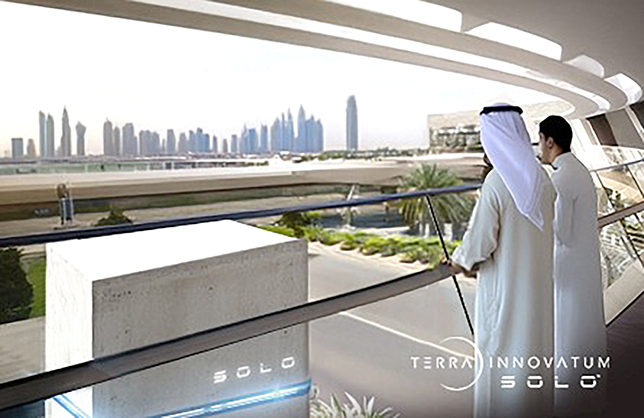 |
Terra Innovatum is targeting the Middle East as one of its priority markets |
The World Bank’s recent inclusion of nuclear energy in its financing framework enables funding for micro modular reactor (MMR) projects like SOLO, significantly de-risking investments in emerging and frontier markets.
This policy shift opens doors for countries seeking clean, scalable baseload power by facilitating financing channels through development finance institutions (DFIs), multilateral banks, and private investors.
SOLO is purpose-built to meet this demand, especially for countries with limited nuclear experience or technical capacity.
Recent announcements by governments in Singapore, Indonesia, the Philippines, Taiwan, Kenya, Nigeria, Ghana, and Côte d’Ivoire highlight a growing appetite for MMR technologies, validating SOLO’s global relevance.
Beyond electricity and heat generation, SOLO also brings critical medical value. It can be configured to produce radioisotopes essential for oncology research and cancer treatment, offering health benefits in parallel with infrastructure development.
This feature strengthens SOLO’s impact case for the World Bank Group, multilateral development banks, and DFIs aiming to fund projects with cross-sectoral developmental outcomes.
What’s Terra Innovatum’s roadmap for the Middle East, and do you foresee any regional pilot projects breaking ground in the next 12–18 months?
Terra Innovatum is targeting the Middle East as one of its priority markets, while concurrently pursuing regulatory approval in the US with anticipated commercial deployment by 2028.
SOLO’s licensing process is being developed in alignment with US Nuclear Regulatory Commission (NRC) guidelines, providing a strong foundation for international regulatory engagement.
While the UAE’s licensing framework is not directly based on the US NRC model, it integrates key elements of international best practices—including those from the NRC—particularly in areas such as safety design, quality assurance, and operational standards.
We anticipate that the licensing documentation prepared for the US NRC will serve as a reference and be leveraged, in whole or in part, to support licensing efforts in other jurisdictions, including the UAE and across the Gulf region.
For example, if the licensing process were initiated in early 2026 and a suitable site secured in the UAE within six months, construction of the first reactor—our first-of-a-kind (FOAK) unit—could begin in the second half of 2026 or first half of 2027.
As with our approach in the US, the FOAK in the UAE could be the first commercial reactor in a commercial fleet of SOLO reactors tailored to regional energy needs.
While specific details are confidential, the company is actively pursuing regional pilot projects in the next 12–18 months, subject to regulatory approval and local partnerships.
What makes SOLO’s autonomous operation and on-line safeguards-by-design a breakthrough for nuclear safety and non-proliferation, particularly in the Middle East context?
Integrated, real-time monitoring and online safeguards can support non-proliferation and regulatory compliance, especially important in sensitive regions like the Middle East.
Unlike large conventional reactors—which typically require fuel replacement every 18 to 24 months—SOLO can operate for up to 15 years without refuelling. Throughout this period, no on-site maintenance will be required for the nuclear island.
All reactor performance monitoring and safeguard functions can be managed remotely through integrated systems.
SOLO’s design minimises quantities of fissile material, which further reinforces its non-proliferation credentials.
Combined with fully automated controls, this design decreases human intervention, enhances operational safety and reliability, and enables deployment in remote locations or countries without a specialised civil nuclear workforce.
How does Terra Innovatum’s partnership model with global technology leaders and regional stakeholders accelerate innovation and create opportunities for local workforce development in the Middle East?
Terra Innovatum plans to collaborate with leading technology providers and regional stakeholders to localise manufacturing, engineering, and maintenance.
These partnerships can lead to high-skilled jobs, technical knowhow exchanges, and local capacity increases in the Middle East
Establishing assembly facilities for SOLO in the Middle East will significantly strengthen the regional civil nuclear supply chain, building on foundational progress already underway in countries like the UAE.
A local manufacturing capability will also enable accelerated deployment of SOLO fleets in key markets such as Saudi Arabia, supporting national energy strategies while fostering industrial growth and technological self-sufficiency across the region.
Can you share specific examples of how SOLO’s micro-modular technology is already attracting interest from ESG-focused investors and development finance institutions, and what this means for sustainable industrial growth in the Gulf?
SOLO’s carbon-free, safe, and scalable technology is attracting attention from ESG-focused investors and development finance institutions, aligning with global sustainability goals.
This interest supports industrial growth in the Gulf, enabling clean, reliable power for sectors like mining, manufacturing, water desalination, healthcare, and AI, while meeting strict environmental and governance standards
In addition to attracting ESG-driven investment, SOLO’s deployment potential aligns closely with national sustainability agendas such as Saudi Arabia’s Vision 2030 and the UAE’s Net Zero 2050 strategy.
By enabling carbon-free, resilient power generation for key sectors—including AI infrastructure, green hydrogen production, and sustainable mining—SOLO directly supports countries pursuing industrial decarbonisation and energy diversification.
SOLO also brings critical medical value. It can be configured to produce radioisotopes essential for oncology research and cancer treatment, offering health benefits in parallel with infrastructure development in underserved communities.
SOLO is uniquely positioned to be the strategic tool for achieving both climate and economic development objectives.
By Abdulaziz Khattak



